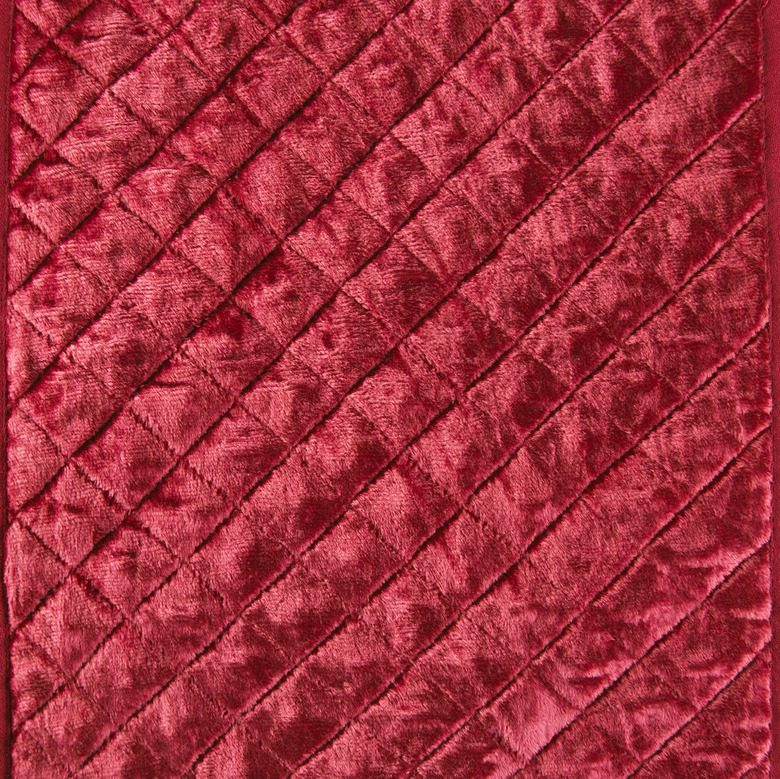Rules For Creating Tessellations
A tessellation is a repeated series of geometric shapes that covers a surface with no gaps or overlapping of the shapes. This type of seamless texture is sometimes referred to as tiling. Tessellations are used in works of art, fabric patterns or to teach abstract mathematical concepts, such as symmetry. Although tessellations can be made from a variety of different shapes, there are basic rules that apply to all regular and semi-regular tessellation patterns.
Regular Polygons
Regular Polygons
All regular tessellations must be made of regular polygons. Polygons are geometric shapes made of straight sides connected sides. A regular polygon is a shape comprised of sides that meet to form angles that are all equal, such as a square or an equilateral triangle. However, not all regular polygons can be used to create a tessellation because their sides do not line up evenly. A pentagon is an example of a regular polygon that cannot be used to tessellate.
Gaps and Overlapping
Gaps and Overlapping
Tessellations cannot have any gaps between shapes or overlapping shapes. Regular tessellations must have sides that match and fit together entirely, such as when you put two squares side-by-side. As mentioned previously, not all regular polygons can be used to create a tessellation because there are gaps between them when you place two side by side.
Common Vertex
Common Vertex
All regular polygons that meet must have a common 360 degree vertex in order to be used in a tessellation. A vertex is a point where two sides come together to form an angle. For example, in an equilateral triangle, two sides come together to form a 60 degree angle. In a tessellation, a vertex refers to the point where three or more shapes come together to equal 360 degrees. For example, three hexagons, whose interior angles equal 120 degrees, come together to form a vertex of 360 degrees, while a pentagon, whose interior angles measure 108 degrees cannot equal a vertex of 360 degrees.
Symmetry
Symmetry
Polygons used in a tessellation must have at least one line of symmetry. Symmetry can be defined as equal parts facing each other around an axis, sometimes referred to as a mirror image. Because regular tessellations are created by repeated polygons, a tessellated figure can be divided evenly down the middle, from various angles, to create two symmetrical shapes on either side of the dividing line. Regular tessellations should have multiple lines of symmetry.
References
- Cool Math 4 Kids; What are Tessellations?
- Everyday Mathematics: Student Reference Book"; The University of Chicago School Mathematics Project; 2007
Cite This Article
MLA
Waldo, Danny. "Rules For Creating Tessellations" sciencing.com, https://www.sciencing.com/rules-creating-tessellations-8736965/. 24 April 2017.
APA
Waldo, Danny. (2017, April 24). Rules For Creating Tessellations. sciencing.com. Retrieved from https://www.sciencing.com/rules-creating-tessellations-8736965/
Chicago
Waldo, Danny. Rules For Creating Tessellations last modified August 30, 2022. https://www.sciencing.com/rules-creating-tessellations-8736965/
